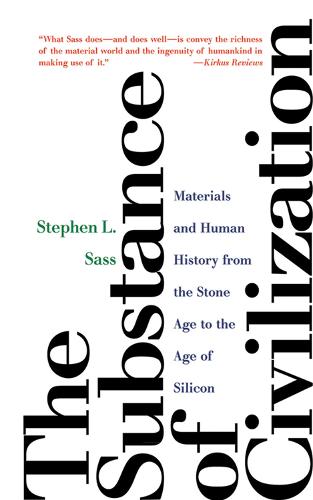
The Substance of Civilization: Materials and Human History from the Stone Age to the Age of Silicon
(Paperback)
Publishing Details
The Substance of Civilization: Materials and Human History from the Stone Age to the Age of Silicon
By (Author) Stephen L. Sass
Skyhorse Publishing
Arcade Publishing
1st August 2011
United States
Classifications
General
Non Fiction
Social and cultural anthropology
History of engineering and technology
Ancient history
General and world history
Inventions and inventors
Materials science
620.1109
Physical Properties
Paperback
328
, Spine 25mm
399g
Description
The story of human civilization can be read most deeply in the materials we have found or created, used or abused. They have dictated how we build, eat, communicate, wage war, create art, travel, and worship. Some, such as stone, iron, and bronze, lend their names to the ages. Others, such as gold, silver, and diamond, contributed to the rise and fall of great empires. How would history have unfolded without glass, paper, steel, cement, or gunpowder
The impulse to master the properties of our material world and to invent new substances has remained unchanged from the dawn of time; it has guided and shaped the course of history. Sass shows us how substances and civilizations have evolved together. In antiquity, iron was considered more precious than gold. The celluloid used in movie film had its origins in the search for a substitute for ivory billiard balls. The same clay used in the pottery of antiquity has its uses in todays computer chips.
Moving from the Stone Age to the Age of Silicon, from the days of prehistoric survival to the cutting edge of nanotechnology, this fascinating and accessible book connects the worlds of minerals and molecules to the sweep of human history, and shows what materials will dominate the century ahead.
